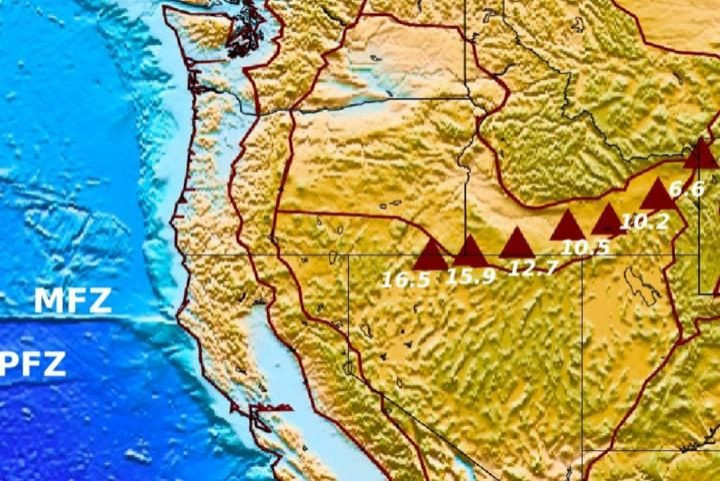Yellowstone Super-Volcano Is Not Powered By Earth’s Core, Scientists Reveal

For years, the long-dormant super-volcano at Yellowstone National park has drawn at a lot of attention from geologists and scientists in different parts of the world. The volcano isn’t anywhere close to erupting but various teams have been analyzing its features to provide more insight into how formations like this evolve.
One such study has now suggested we were wrong about the source of heat for this volcano.
In the past, scientists believed that the Yellowstone super-volcano was powered by the magma plumes coming from the core of our planet, much like most other volcanoes in different parts of the world. The theory was widely accepted, but just recently, Ying Zhou from Virginia Tech College of Science has demonstrated that the rubbing of unusual rocks in the mantle — a theory applicable on volcanoes sitting on edges of tectonic plates — was responsible for it.
Though Wyoming, where the super-volcano is located, sits somewhere in the middle of North American plate, Zhou supported the case of subduction, in which friction generated by the sliding of rocks generates the heat required to power a volcano’s magma chambers.
She took X-ray images of Earth’s interior and noted some previously unseen anomalies in the crust that bolstered support for the subduction theory.
"In this research, there was no evidence of heat coming directly up from the Earth's core to power the surface volcano at Yellowstone," Zhou said in a statement. "Instead, the underground images we captured suggest that Yellowstone volcanoes were produced by a gigantic ancient oceanic plate [named Farallon] that dove under the Western United States about 30 million years ago.”
This plate, as the researcher described, broke over time, with its parts sinking deep down into Earth. As these pieces of ocean crust rubbed over one another, the rock-melting friction was generated and hot material was pushed up to fill the volcano’s magma chambers.
“This ancient oceanic plate broke into pieces, resulting in perturbations of unusual rocks in the mantle which led to volcanic eruptions in the past 16 million years," the researcher added in the statement. She also noted that heat generation from the oceanic plate started somewhere around the border of Idaho and Oregon and has slowly been moving since then.
"The process started at the Oregon-Idaho border about 16 million years ago and propagated northwestward, forming a line of volcanoes that are progressively younger as they stretched northwest to present-day Wyoming," Zhou said.
Moving ahead, the team plans to produce more high-resolution imageries of the unusual rocks in Earth's interior and run simulations for testing different scenarios of rock melting and magma feeding for the super-volcano at Yellowstone.
The study titled, "Anomalous mantle transition zone beneath the Yellowstone hotspot track," was published July 25 in the journal Nature Geoscience.
© Copyright IBTimes 2024. All rights reserved.





















